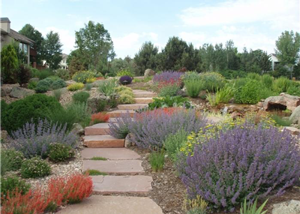6 Tips for an Eco-Friendly LawnWe’re well into spring and lawn care is on the minds of many Long Islanders. Fertilizer is often thought of as a key ingredient to a healthy, vibrant lawn. But fertilizer use, especially improper application, has some drawbacks. Excess fertilizer pollutes our waterways, negatively impacts aquatic life and interferes with fishing, swimming and boating. As you may already know, fertilizer is the second leading source of nitrogen contamination of Long Island waters. The Long Island Nitrogen Action Plan Fertilizer Management Workgroup was convened to help draft recommendations for best practices that would balance residents’ interest in having a green and healthy lawn with the immediate need to reduce nitrogen loads to Long Island’s surface waters and groundwater. The recommendations, specific to turf grass fertilizers, have been finalized and are available on the NYSDEC’s website. In this issue of the LINAP newsletter, we discuss several ways to care for your lawn while protecting coastal waters, as well as, our drinking water supply. It’s important to first note that lawns are not a natural landscape feature and usually require high maintenance. With that being said, if having a lawn is your preferred landscape option, then following the suggestions listed below will help to reduce the likelihood of overapplying fertilizer and, therefore, the amount of excess nitrogen that enters groundwater and surface water.
LINAP Recommendations for Nitrogen Fertilizer Applications on Residential and Commercial TurfgrassIf you are interested in taking a deeper dive into this subject, check out the recently posted Long Island Nitrogen Action Plan Recommendations for Fertilizer Nitrogen Applications on Residential and Commercial Turfgrass. You can find them on the NYSDEC’s website. The recommendations take a holistic approach, looking at how lawns should be managed to be protective of the environment. For instance;
To sign up for the LINAP Newsletter, visit the LINAP webpage or click here. |
Footer
Contact
STAY INFORMED
Enter your email address to receive email updates from the LIRPC:




